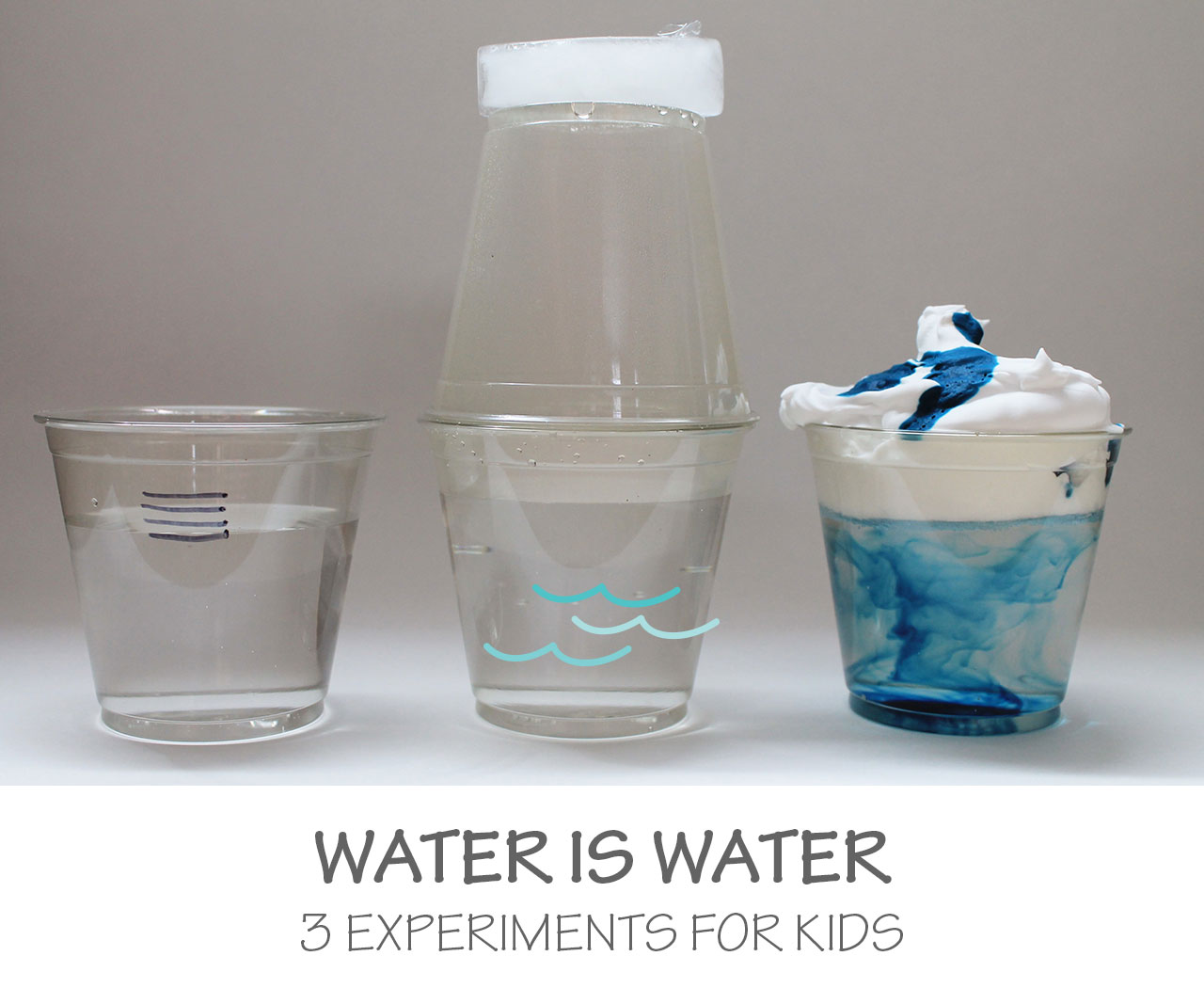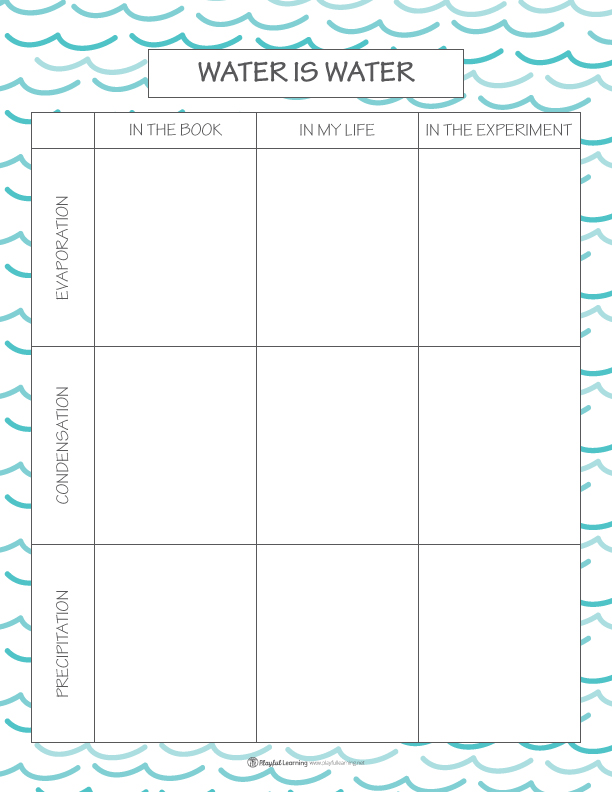We came across Playfullearning.net the other day and want to share them with you, they have a plethora of resources for all museum types. We’ve organized and curated their content into areas of MuseumTrade, but we encourage you to take a visit for yourself. Please let us know if you find a post there that the MuseumTrade community would enjoy.
WATER IS WATER
 Confession number one, I am a sucker for the water cycle. I’m not sure what exactly entices me about this scientific phenomenon, perhaps because it is something children can see so readily in their own world, but it is something I have always loved teaching. Confession number two, I am even more entranced by picture books. A person’s age does not matter when it comes to picture books. They draw you in with their illustrations, and capture you with their words. Picture books are a simple, beautiful way to teach so many lessons, concrete and abstract. So, when I stumbled upon a new picture book about the water cycle, I may have done a little happy dance.
Confession number one, I am a sucker for the water cycle. I’m not sure what exactly entices me about this scientific phenomenon, perhaps because it is something children can see so readily in their own world, but it is something I have always loved teaching. Confession number two, I am even more entranced by picture books. A person’s age does not matter when it comes to picture books. They draw you in with their illustrations, and capture you with their words. Picture books are a simple, beautiful way to teach so many lessons, concrete and abstract. So, when I stumbled upon a new picture book about the water cycle, I may have done a little happy dance.
Water is Water by Miranda Paul uses short rhyming verse to follow water through phases throughout the seasons, states of matter, and the water cycle. The lovely illustrations by Jason Chin are a perfect accompaniment to the story. The icing on the cake is what follows the story, “More About Water”! The author provides a scientific background to each page of the story sprinkling in important vocabulary words.
As it says in the book, “Water moves and changes often – just like children!” The water cycle is a perfect scientific learning opportunity for some playful, active learning. Through the following three easy experiments, you can use a cup of water to show evaporation, condensation, and precipitation. These may be simple experiments, but connecting literature, science, and hands on discovery often gives a more concrete understanding of new concepts. Use the printable to help children delve deeper into their understanding through these connections.
You will only need a few readily available materials to complete all of these experiments:
- Four cups
- Water
- Marker
- Ice cube
- Shaving cream
- Food coloring

Start with evaporation. Place a full cup of water in front of a sunny window. Use a marker to make a line at the beginning water level. Each hour mark the water level and begin to look for changes. As the sun heats the water, it should begin to evaporate. This experiment requires some patience, so while waiting, it is a great time to move on to the next two experiments.

After evaporation we have condensation. When the water vapor reaches the sky it cools to form clouds. Fill a cup approximately two-thirds full of hot water. Take another cup, flip it upside down, and place it on top of the cup with hot water. Then place an ice cube on top of the upside down cup. Condensation will begin to form at the top of the upside down cup, just like a cloud.

Finally, a precipitation experiment. Again, fill a cup almost full with water. On top spray shaving cream as clouds. Then, squirt several drops of food coloring on top of the shaving cream. As the “cloud” becomes heavy, the food coloring will “rain” into the cup.
Once you have read the book and completed all three experiments, use the printable to help children make the connections between the book, what they see in their own lives, and what they viewed in the experiments (click on photo below to print).

If you are looking to extend your activities, there are abundant resources in books and online covering the water cycle. Here are a website, an app, and a video all about the water cycle. You may just find yourself as hooked on the water cycle as I am!
[arve url=”https://www.youtube.com/watch?v=tuE1LePDZ4Y” mode=”lazyload-lightbox” play_icon_style=”circle” /]


Leave a Reply
You must belogged in to post a comment.